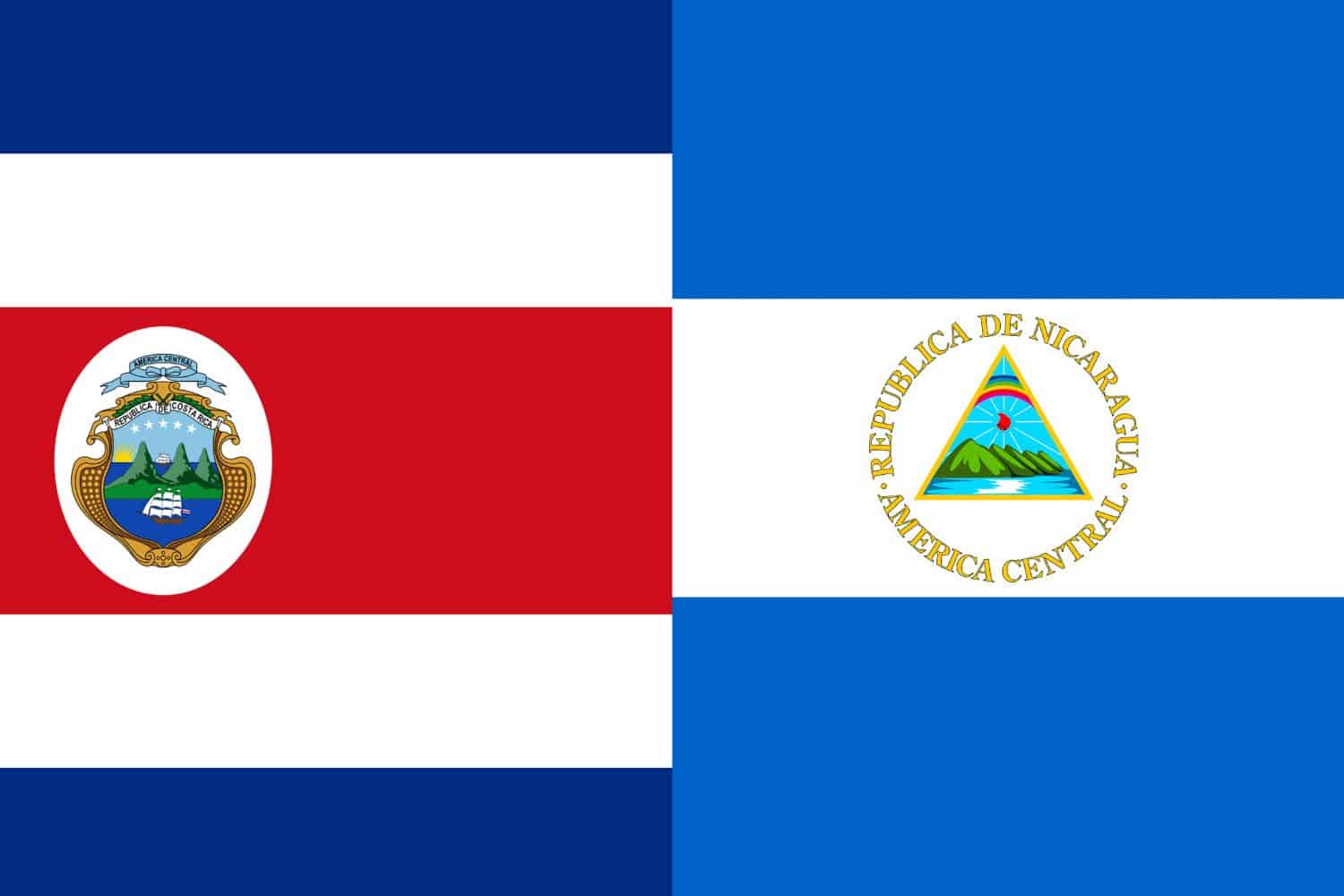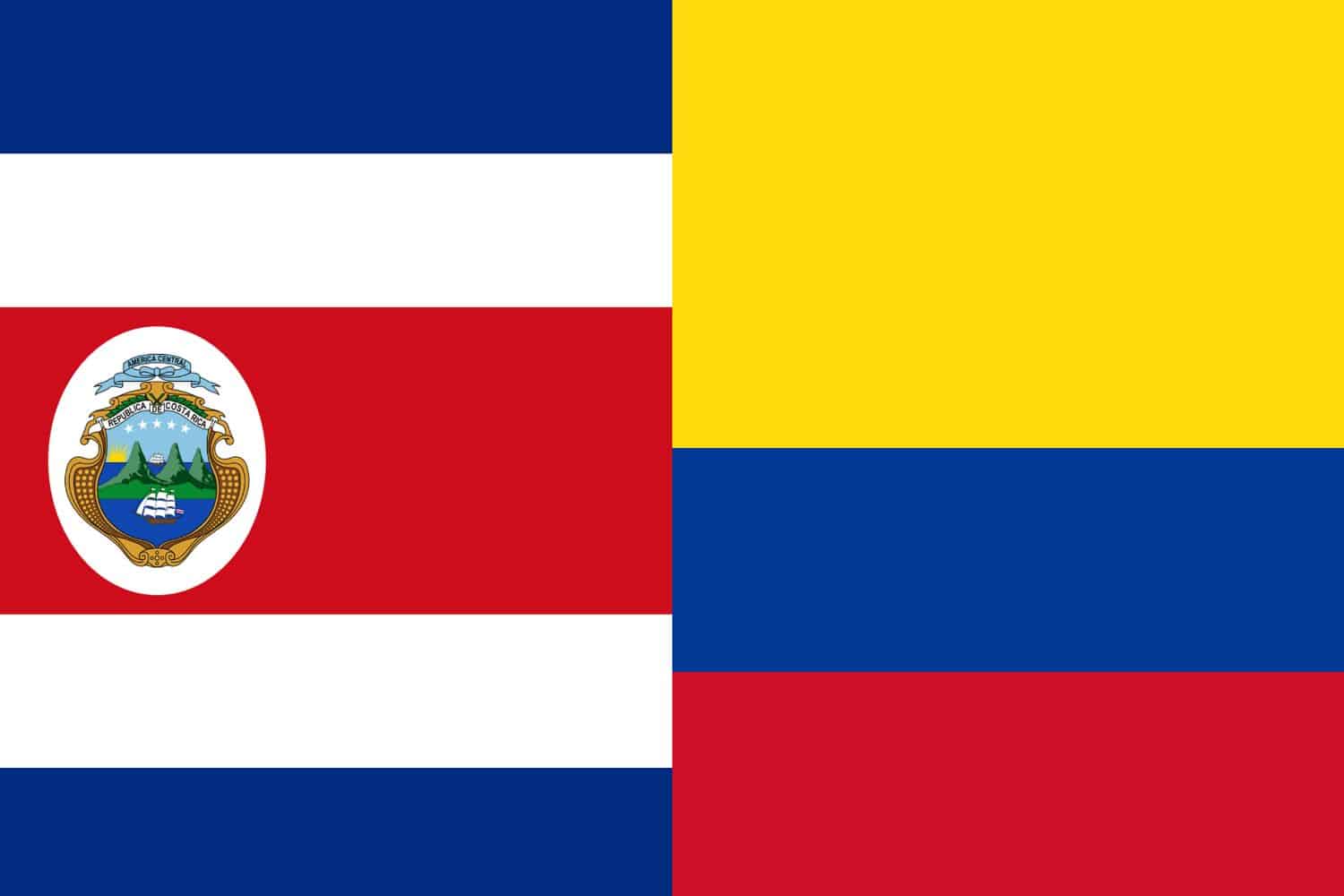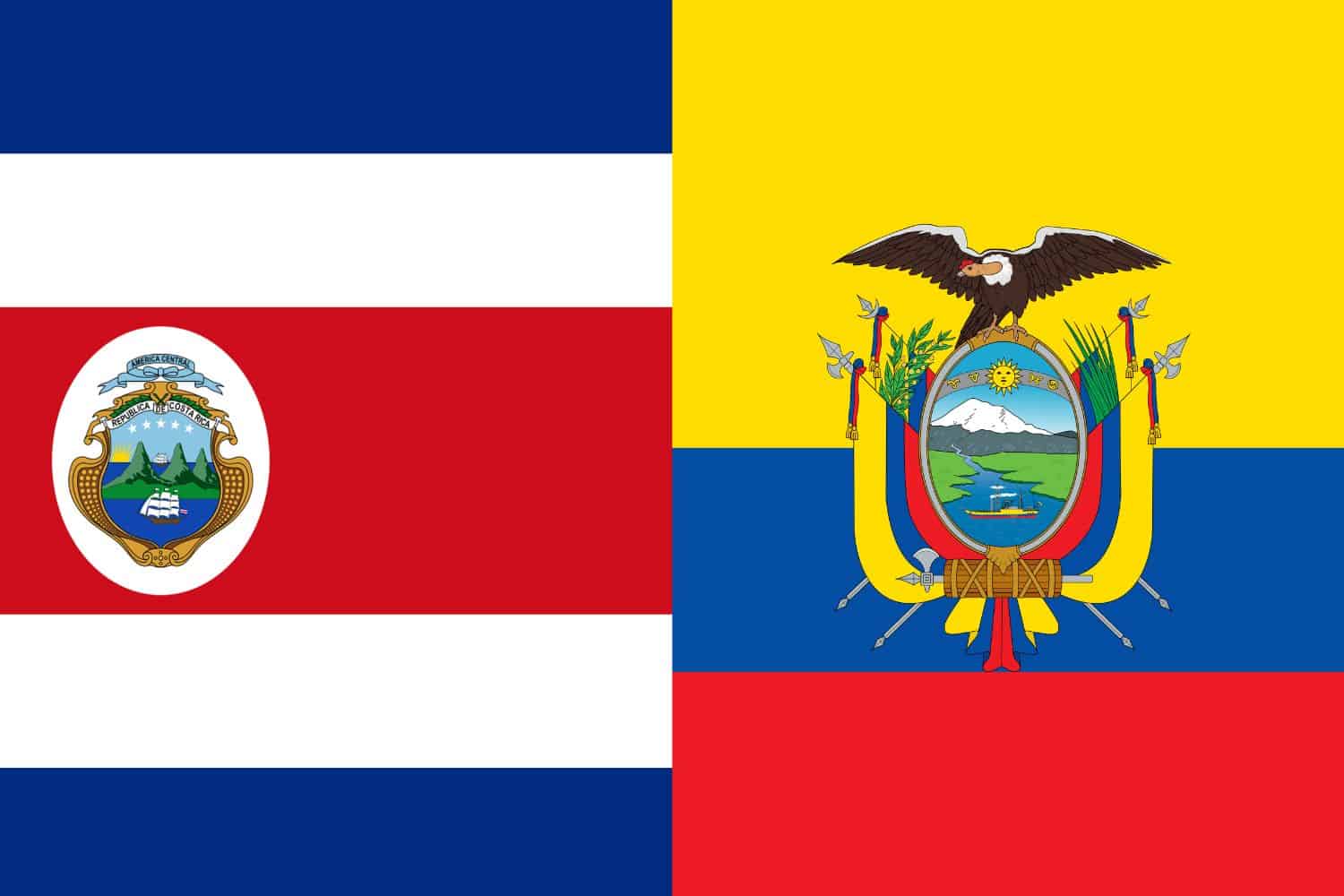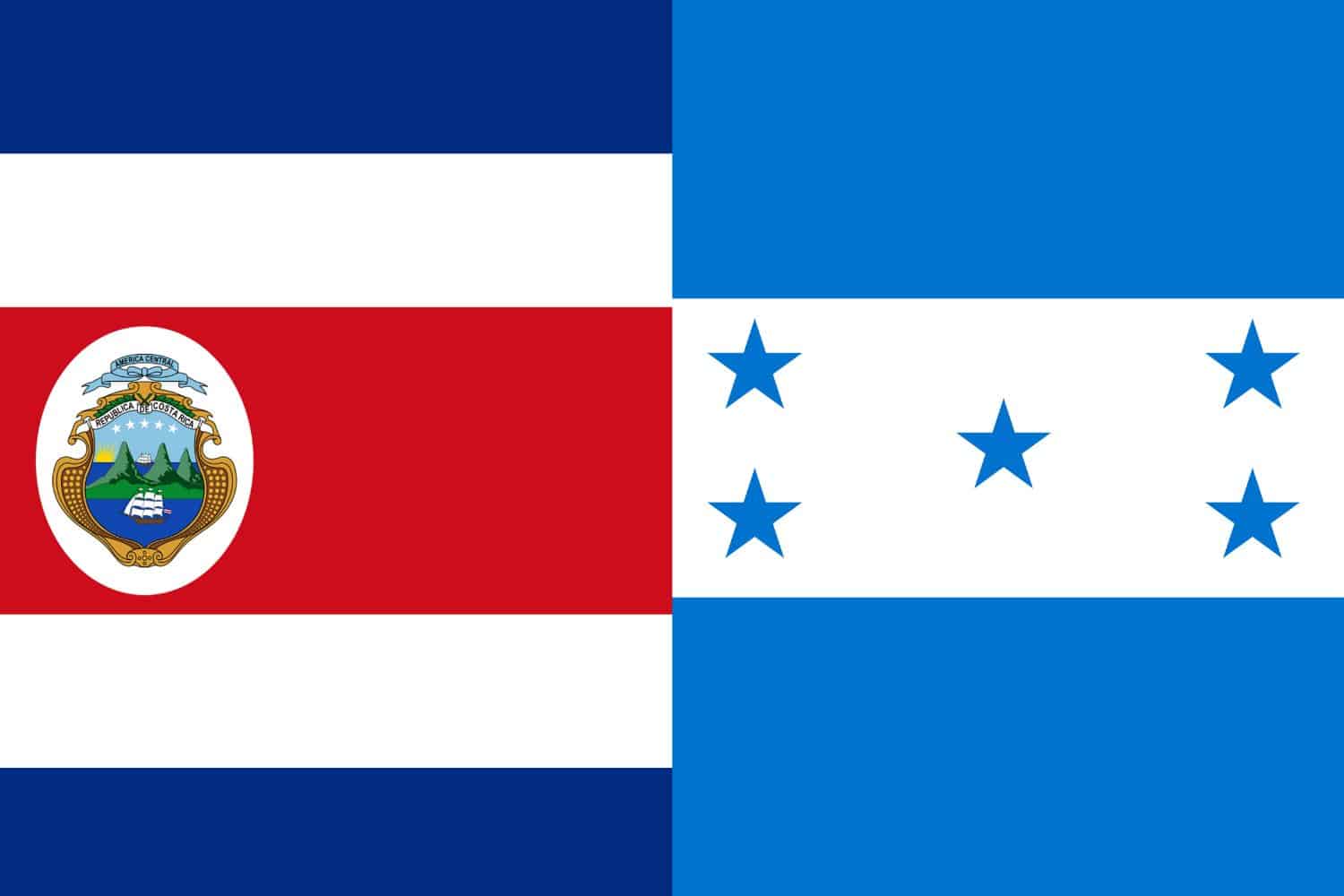Table of Contents
The Costa Rican flag, also known as the flag of Costa Rica, holds a significant place in the nation’s history and culture, representing the Costa Rican identity and heritage. With its distinctive colors and meaningful symbolism, the flag stands as a powerful symbol of unity and pride. In this article, we will delve into the intriguing aspects of the Costa Rican flag, exploring its design, historical background, and the symbolism behind its elements.
The Costa Rican flag consists of five horizontal bands of blue, white, red, white, and blue, with a coat of arms in the center of the red band. The flag’s colors and coat of arms hold deep symbolic meaning for the Costa Rican people and reflect the nation’s values, aspirations, and historical significance.
Costa Rican Flag: Colors and Symbolism
- The flag of Costa Rica features five horizontal bands of blue, white, red, white, and blue.
- Positioned in the center of the red band is the national coat of arms.
- The blue bands represent the sky, opportunities, perseverance, and the infinite possibilities of the country’s future.
- The white bands symbolize peace, wisdom, and happiness, reflecting the aspirations for a harmonious and prosperous society.
- The red band signifies the blood shed for freedom and the warmth and generosity of the Costa Rican people.
- Additionally, the coat of arms features several elements including a blue ribbon with the country’s motto “República de Costa Rica” (Republic of Costa Rica), seven stars representing the seven provinces, and three volcanoes representing the country’s geographical features.
Flag of Costa Rica

The Costa Rican flag features five horizontal bands: blue, white, red, white, and blue from top to bottom. In the center of the red band, there is a coat of arms.
The blue bands at the top and bottom represent the sky, opportunities, perseverance, and the infinite possibilities of the country’s future. They symbolize the vast potential and optimism of Costa Rica.
The white bands in the middle symbolize peace, wisdom, and happiness, reflecting the aspirations for a harmonious and prosperous society. They represent the unity and harmony among Costa Ricans.
The red band in the center represents the blood shed for freedom and the warmth and generosity of the Costa Rican people. It serves as a tribute to the sacrifices made by past generations for the nation’s independence.
The coat of arms in the center of the red band features several elements, including a blue ribbon with the country’s motto “República de Costa Rica” (Republic of Costa Rica), seven stars representing the seven provinces, and three volcanoes representing the country’s geographical features.
National Flag Etiquette and Protocol

Respecting the proper usage and display of the Costa Rican flag is essential to uphold national pride and honor. Understanding flag etiquette ensures that the flag is treated with the reverence it deserves, particularly during significant national events and ceremonies. Here are some guidelines for handling, hoisting, displaying, and retiring the flag:
- Proper Handling: Handle the flag with care and respect, avoiding any contact with the ground or floor. Hold it upright and avoid dragging it along surfaces.
- Hoisting and Lowering: Raise the flag briskly and lower it ceremoniously. Typically, the flag is hoisted at sunrise and lowered at sunset, following established protocols or specific occasions.
- Displaying the Flag: When displaying the flag vertically, ensure that the blue bands are positioned at the top and bottom, with the white band in the middle. The flag should be freely flown without any obstructions.
- Half-Staff: Lowering the flag to half-staff is a gesture of mourning or respect. This is done on designated days of remembrance or as directed by authorities to honor national tragedies or the passing of significant figures.
- Flag Retirement: When a flag becomes damaged, torn, or worn out, it should be retired in a dignified manner. Follow appropriate guidelines and local regulations for retiring the flag, which may include burning it in a respectful ceremony.
- Flag Size and Placement: The size of the flag displayed should be proportional to the flagpole or display area. Refer to local guidelines or authorities for specific rules regarding flag size and placement.
- Respectful Disposal: If burning is not an option for retiring the flag, ensure it is disposed of respectfully. Consider burying the flag or handing it over to authorized organizations specializing in flag disposal.
Fascinating Facts and Trivia

Embark on a journey through captivating facts and intriguing trivia about the Costa Rican flag. Explore the unique features embedded within the flag’s design, each carrying profound symbolism and historical significance. Uncover tales of notable incidents or events involving the flag that have left an enduring imprint on the nation’s narrative and cultural identity.
Rich Tapestry of History
- 1848: The design of the flag was inspired by the French tricolor, reflecting Costa Rica’s admiration for the principles of liberty, equality, and fraternity during a period of global revolutionary fervor.
- 1906: The flag’s current design, with five horizontal bands and a coat of arms, was officially adopted, symbolizing the nation’s sovereignty and unity.
- 1949: Following the abolition of the Costa Rican army and the establishment of a civilian government, the flag took on renewed significance as a symbol of peace and democratic values.
- 1998: The coat of arms on the flag underwent minor modifications, emphasizing the importance of environmental conservation and sustainable development to Costa Rica’s national identity.
These historical anecdotes shed light on pivotal moments in the evolution of the Costa Rican flag, underscoring its enduring importance as a emblem of the nation’s values, aspirations, and resilience across generations.
Flag-Related Symbols and Emblems
A nation’s identity is often reflected not only in its flag but also in various symbols and emblems closely associated with it. Let’s explore additional national symbols and emblems that hold significance for Costa Rica, delving into their historical and cultural roots to gain a deeper understanding of the country’s heritage.
Symbolisms of the Costa Rican Flag
The Costa Rican flag embodies several symbolic elements that reflect the nation’s history, values, and aspirations. Here are the symbolisms of the Costa Rican flag presented in itemized form:
- Blue Color: Represents the sky, opportunities, perseverance, and the infinite possibilities of the country’s future. It symbolizes the vast potential and optimism of Costa Rica.
- White Color: Symbolizes peace, wisdom, and happiness, reflecting the aspirations for a harmonious and prosperous society. It represents the unity and harmony among Costa Ricans.
- Red Color: Represents the blood shed for freedom and the warmth and generosity of the Costa Rican people. It serves as a tribute to the sacrifices made by past generations for the nation’s independence.
- Coat of Arms: The coat of arms features several elements, including a blue ribbon with the country’s motto “República de Costa Rica” (Republic of Costa Rica), seven stars representing the seven provinces, and three volcanoes representing the country’s geographical features. It symbolizes the nation’s sovereignty, unity, and natural beauty.
- Historical Legacy: The flag symbolizes Costa Rica’s rich history, including its commitment to peace, democracy, and environmental conservation. It reflects the country’s peaceful nature and its dedication to freedom and democracy.
- National Identity: The flag serves as a unifying symbol that celebrates Costa Rica’s cultural diversity and shared values. It instills a sense of pride and belonging among Costa Ricans, reminding them of their common heritage and national identity.
- National Aspirations: Through its design and elements, the flag embodies the aspirations and values of the Costa Rican nation, including peace, democracy, environmental stewardship, and social progress.
These symbolisms in the flag contribute to Costa Rica’s unique sense of identity and pride, reflecting its historical journey and cultural significance.
Flags of Similar Countries or Regions
Analyzing the flags of neighboring countries or regions can unveil captivating insights. Examine and juxtapose the flags, delving into resemblances in design, hues, or symbolism. Reveal historical and cultural affinities among flags, shedding light on shared influences or distinct identities. Embarking on a journey through Costa Rica is always an option in complete safety.
Costa Rican Flag vs Nicaraguan Flag

Similarity: Both flags prominently feature the color blue, symbolizing peace, perseverance, and the sky.
Difference: The Costa Rican flag comprises five horizontal stripes: blue on top and bottom, with a white stripe in the center, flanked by two red stripes. In contrast, the Nicaraguan flag consists of three horizontal stripes: blue on top and bottom, with a white stripe in the middle, adorned with the country’s coat of arms.
Costa Rican Flag vs Panamanian Flag

Similarity: Both flags incorporate the colors red, white, and blue in their design.
Difference: The Costa Rican flag displays a blue border with a white inner frame, within which is the national coat of arms, while the Panamanian flag features two blue rectangles, representing the Pacific Ocean and the Caribbean Sea, separated by a white stripe symbolizing peace.
Costa Rican Flag vs Colombian Flag

Similarity: Both flags utilize the color yellow as a prominent element.
Difference: The Costa Rican flag features a national coat of arms centered on a white stripe between two blue stripes, while the Colombian flag consists of horizontal stripes of yellow, blue, and red, with a yellow stripe twice the size of the other two.
Costa Rican Flag vs Ecuadorian Flag

Similarity: Both flags incorporate the color yellow into their design.
Difference: The Costa Rican flag features five horizontal stripes: blue on top and bottom, with a white stripe in the center, flanked by two red stripes, while the Ecuadorian flag displays horizontal stripes of yellow, blue, and red, with the national coat of arms centered on the yellow stripe.
Costa Rican Flag vs Venezuelan Flag

Similarity: Both flags feature the color yellow in their design.
Difference: The Costa Rican flag consists of five horizontal stripes: blue on top and bottom, with a white stripe in the center, flanked by two red stripes, while the Venezuelan flag includes a golden-yellow arc of eight stars centered on a blue stripe between two white stripes.
Costa Rican Flag vs Honduran Flag

Similarity: Both flags prominently feature the color blue.
Difference: The Costa Rican flag comprises five horizontal stripes: blue on top and bottom, with a white stripe in the center, flanked by two red stripes, while the Honduran flag includes five blue stars arranged in an X pattern centered on a white stripe between two blue stripes.
Frequently Asked Questions (FAQs)
Explore answers to common questions regarding the Costa Rica flag picture. From its historical evolution to the symbolism behind its elements, find concise and informative responses addressing inquiries frequently raised by those intrigued by Costa Rica’s flag.
What are the colors of the Costa Rican flag?
The Costa Rican flag consists of blue, white, and red horizontal stripes.
How many horizontal stripes are there on the Costa Rican flag, and what are their arrangements?
There are five horizontal stripes on the Costa Rican flag. The top and bottom stripes are blue, with a central white stripe flanked by two red stripes.
Is there any significance to the coat of arms on the Costa Rican flag?
Yes, the coat of arms features national symbols including a blue ribbon with the country’s motto, “Republica de Costa Rica,” volcanoes, coffee branches, seven stars representing the seven provinces, and two navy ships. It symbolizes Costa Rica’s history, natural beauty, and maritime prowess.
When was the current design of the Costa Rican flag adopted?
The current design of the Costa Rican flag was officially adopted on September 29, 1848.
What is the significance of the date September 29 in relation to the Costa Rican flag?
September 29 marks the date when the Congress of the Republic of Costa Rica officially adopted the flag’s design.
Who designed the Costa Rican flag?
The design of the Costa Rican flag is attributed to Pacifica Fernandez, who was the wife of then-President José María Castro Madriz.
Are there any specific regulations regarding the display of the Costa Rican flag?
Yes, there are regulations specifying the correct proportions and manner of displaying the flag on various occasions, such as national holidays, official ceremonies, and public buildings.
Has the design of the Costa Rican flag undergone any significant changes since its adoption?
No, the design of the Costa Rican flag has remained largely unchanged since its adoption in 1848, except for minor modifications to the coat of arms.
